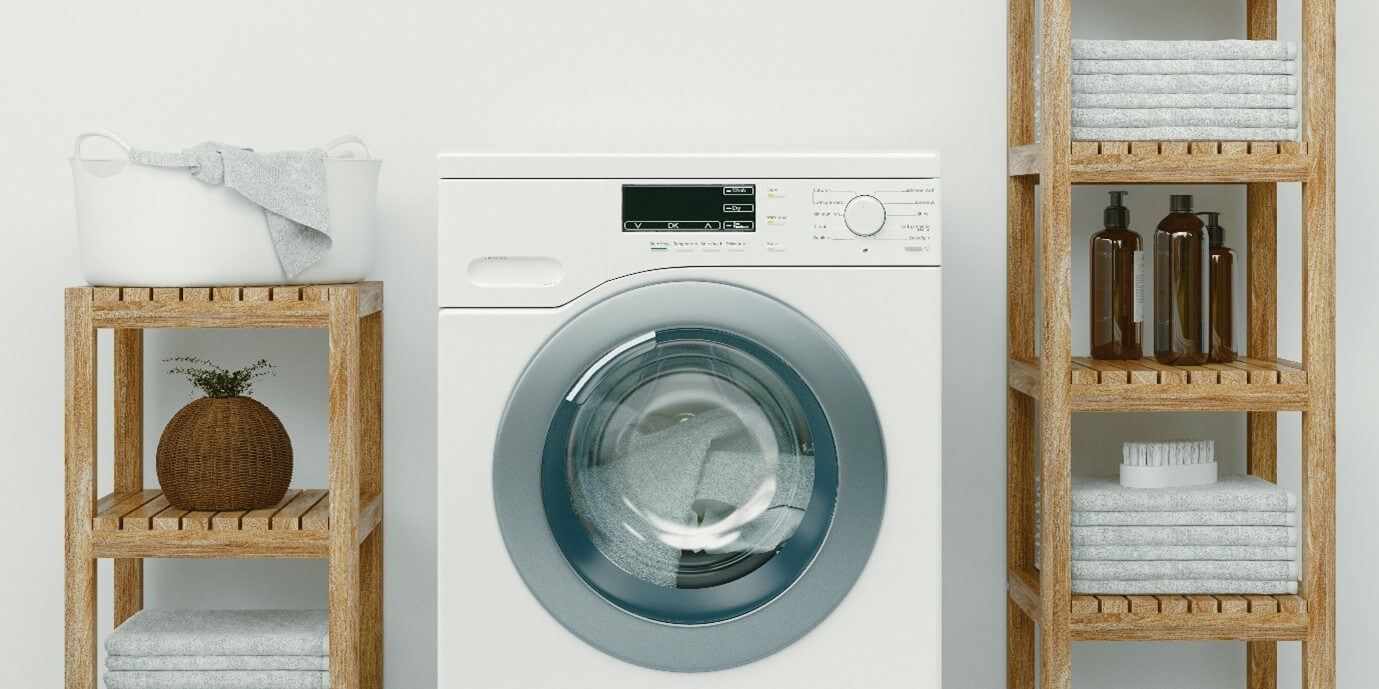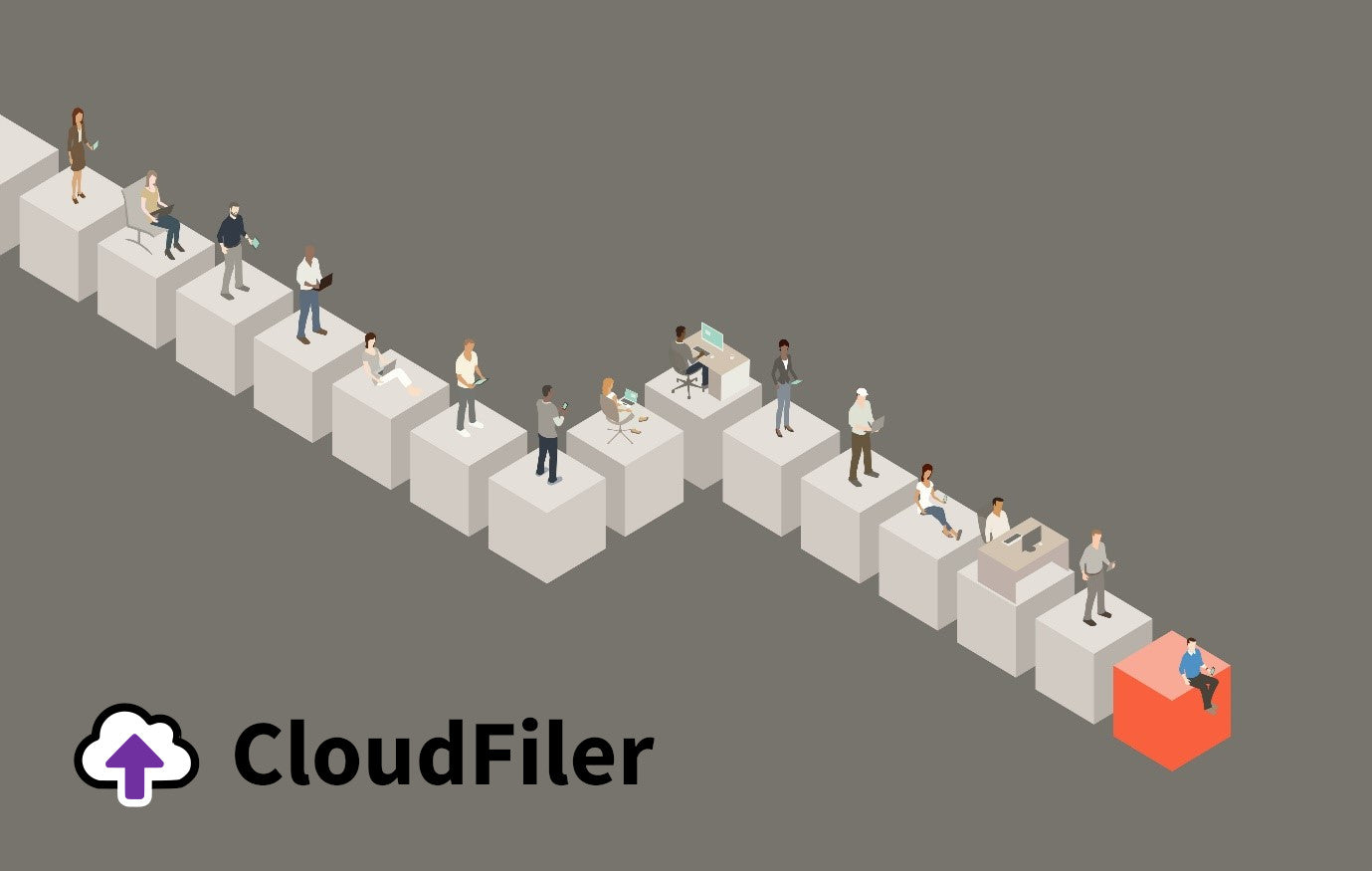
Solving an impossible task? Try the washing machine problem, make it worse & embrace boredom
When solving seemingly impossible problems there are two techniques learnt when studying engineering that we have used time and again. We don’t know the formal names of them, so we simply refer to them as “The washing machine problem” and “Make it worse”.
The washing machine problem
If you ask engineers to design a better washing machine, they will firstly be delighted with the challenge because engineers love solving problems, and they are then likely to explore the possibilities of: direct drive brushless motors, automatic dosing methods, energy efficient heating, vibration, heat and sound insulation, along with countless other wonderful things like touch screen displays. But in doing so they will have failed the task because they immediately saw the question in the way that they wanted to, rather than stepping back and wondering what outcome the customer wants regardless of how they worded the question.
So, although the customer asked for a better washing machine, it may be that what they really need is a better way to get clothes clean. This is a completely different question, and the solution may be: a better detergent or perhaps new ways to agitate the clothes e.g., ultrasonics.
So when thinking about how to address a problem, stop yourself and re-phrase the question.
Make it worse
Sometimes if you make the problem much worse you will suddenly see a better solution.
I recall an excellent example from my time in Arup Group Ltd. My recollection of the details will be imperfect but it’s not the details that are important, it’s the approach.
The electricity transformers in a substation in London needed upgrading due to increased demand, but there was no space for more transformers in the building, which was architecturally protected and couldn’t therefore be modified or extended. They considered running the existing kit at a higher capacity but there wasn’t space for the extra cooling needed.
So the engineers deliberately made the problem worse and considered what would they do if the demand was significantly higher. They would have to run the transformers at an even higher load which increased the temperature to the point where it was high enough to be a source of heating that could be piped to the local community – brilliant.
So let’s imagine that you are in a business development role and your boss says that you need to bring in 10 new customers in the next quarter. If you don’t change the exam question you will attack the problem in the normal way and just work harder to meet the challenge. Imagine that you change the target to 1,000 new customers. Suddenly the approaches you were going to use for 10 are no longer valid and you will need a completely different approach. You may not find the solution, but hopefully you can see how the technique of making the problem worse forces you to think very differently.
Embrace boredom
Some of your best ideas will have come when you were not actively trying to solve a problem. You may have had that eureka moment: in the bath or shower, when exercising or on a long journey. I keep a notepad next to the bed because ideas often pop into my brain just as I’m nodding off.
You will only get these moments of inspiration if your lifestyle includes times when your brain is less active, so embrace boredom and give your brain a chance to meander.
Summary
There’s no magic wand and a lot of advances leave the debris of failures in their wake, but these techniques can help to get the most out of yourself and your colleagues, so we hope that they are as useful to you as they have been to us.
And if you’re wondering what our moments of boredom created, please take a look at CloudFiler, we hope you like it.

